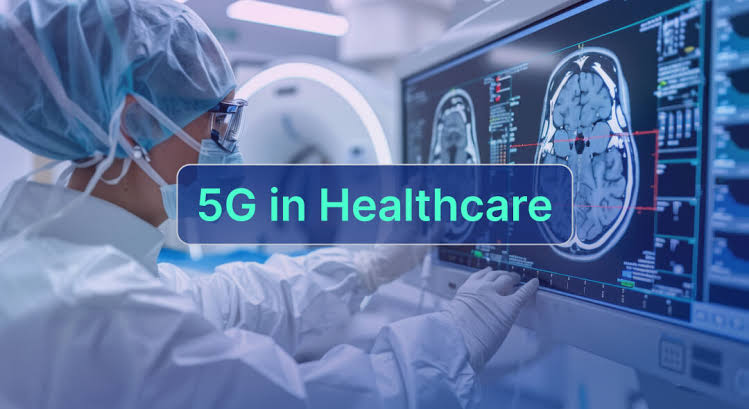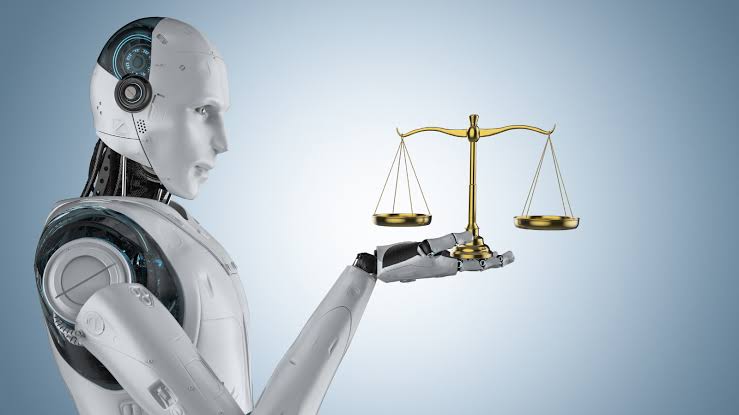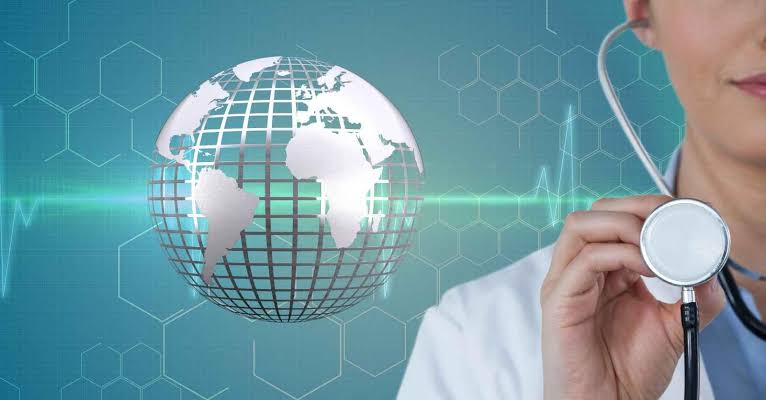Introduction
The integration of 5G technology into the healthcare system represents one of the most transformative shifts in modern medical history. As of July 2025, Canada and many parts of the world are experiencing rapid adoption of 5G networks. This ultra-fast, low-latency connectivity is proving to be a game changer, especially in the domain of remote healthcare. With its ability to transmit large volumes of data in real-time, 5G opens up possibilities that were previously limited by slower communication infrastructures. From virtual consultations and AI diagnostics to remote surgeries and wearable health monitoring, the impact of 5G is set to revolutionize how healthcare services are delivered, particularly in underserved or rural communities.
Enhanced Telemedicine Capabilities
One of the most immediate benefits of 5G in healthcare is the enhancement of telemedicine services. Traditional telehealth platforms operated effectively with 4G and broadband, but they were often constrained by lag, video buffering, or poor-quality connections, especially in remote or densely populated regions. With 5G, video consultations between doctors and patients now happen in real-time with ultra-high definition quality and almost no latency.
This improvement is crucial for accurate diagnosis, especially in visual assessments involving dermatology, neurology, or post-operative care. As of mid-2025, several Canadian provinces, including Ontario and British Columbia, have started expanding their telehealth infrastructure based on 5G to reach patients in remote Indigenous communities and northern territories where access to specialists was historically limited.
Real-Time Remote Patient Monitoring
Wearable devices that track vital signs like heart rate, glucose levels, blood pressure, and oxygen saturation are now becoming more effective, thanks to 5G. These devices are capable of streaming real-time health data directly to healthcare providers without delay, enabling doctors to monitor patients continuously without the need for hospital admission.
5G allows for the seamless transmission of large datasets from these devices, supporting early detection of health anomalies. For example, heart patients using 5G-enabled monitors can now receive automated alerts if their condition begins to worsen, prompting immediate medical response. This is particularly beneficial for elderly patients or those with chronic illnesses who require ongoing observation but prefer to stay at home.
Revolutionizing Emergency Medical Services
In emergency scenarios, 5G has the potential to drastically cut down response times and improve outcomes. Ambulances equipped with 5G technology can transmit patient vitals, video feeds, and other critical data to hospitals while en route. This allows emergency room staff to prepare in advance, making decisions about treatment and triage before the patient even arrives.
As of July 2025, pilot programs in Alberta and Quebec are using 5G-equipped ambulances in collaboration with hospital trauma teams. These trials have shown promising results in terms of survival rates and treatment accuracy, particularly in trauma and stroke cases where every second counts. The capacity to consult remotely with specialists via high-speed video also means paramedics in the field are more empowered than ever before.
Expanding Access in Rural and Remote Areas
One of the most pressing challenges in Canadian healthcare has been the disparity between urban and rural access to medical services. Remote communities often face long wait times and must travel significant distances for specialized care. With the rollout of 5G towers and infrastructure in rural areas, that reality is beginning to change.
5G enables real-time video conferencing, instant access to diagnostic tools, and mobile health clinics that are digitally connected to centralized hospitals. These mobile units can now perform complex diagnostics using cloud-based software and AI tools that were previously inaccessible without strong connectivity. In 2025, the Canadian federal government has invested heavily in rural digital healthcare, pledging to expand 5G coverage to at least 85% of underserved communities by the end of the year.
Facilitating Remote Surgeries and Robotics
Perhaps the most futuristic and impactful application of 5G in healthcare is in the realm of remote surgery. Using robotic surgical arms controlled by specialists located miles away, operations can now be performed with extreme precision and zero delay. This development relies entirely on the ultra-low latency that only 5G can provide.
Hospitals in Toronto and Vancouver have already begun limited trials where surgeons perform minor procedures from remote locations. Although still in the experimental phase, this technology holds massive potential for disaster zones, military settings, or remote regions where surgical specialists are not physically present. Over time, remote surgery could become a staple offering of major hospitals, made possible entirely by the reliability and speed of 5G networks.
AI and Big Data in Diagnostics
5G is also powering the use of artificial intelligence and big data analytics in diagnosing diseases. Medical imaging, pathology slides, and genetic sequencing data are enormous in size and previously required high bandwidth and long wait times to process and transmit. With 5G, this data can be uploaded and analyzed in real-time using AI algorithms that compare results with massive global health databases.
This development leads to faster, more accurate diagnoses of conditions like cancer, Alzheimer’s, and autoimmune disorders. AI-powered chatbots and virtual assistants, now integrated into 5G-supported telehealth platforms, are helping to triage patient symptoms and recommend next steps even before a doctor is consulted.
Privacy and Security Considerations
While the benefits of 5G in healthcare are immense, they also come with new security and privacy challenges. The more data transmitted in real-time, the greater the risk of interception or cyberattack. Healthcare organizations must now invest heavily in cybersecurity measures such as end-to-end encryption, decentralized cloud storage, and blockchain-based recordkeeping.
In July 2025, Health Canada issued updated cybersecurity regulations for 5G-based health systems, mandating regular audits, secure data pathways, and compliance with international privacy standards like GDPR and HIPAA. Patients must also be educated on how their health data is being used and protected in this fast-paced digital landscape.
Conclusion
The arrival of 5G is not just enhancing the efficiency of healthcare delivery—it is fundamentally reshaping how, when, and where people access medical support. From telemedicine to emergency care, AI diagnostics to robotic surgeries, 5G technology is building a more connected and responsive health system. As Canada continues to expand its 5G infrastructure, the dream of equitable, high-quality healthcare for all—regardless of geography—moves closer to reality. For patients, providers, and policymakers alike, this revolution in connectivity is setting the stage for a smarter, healthier future.



